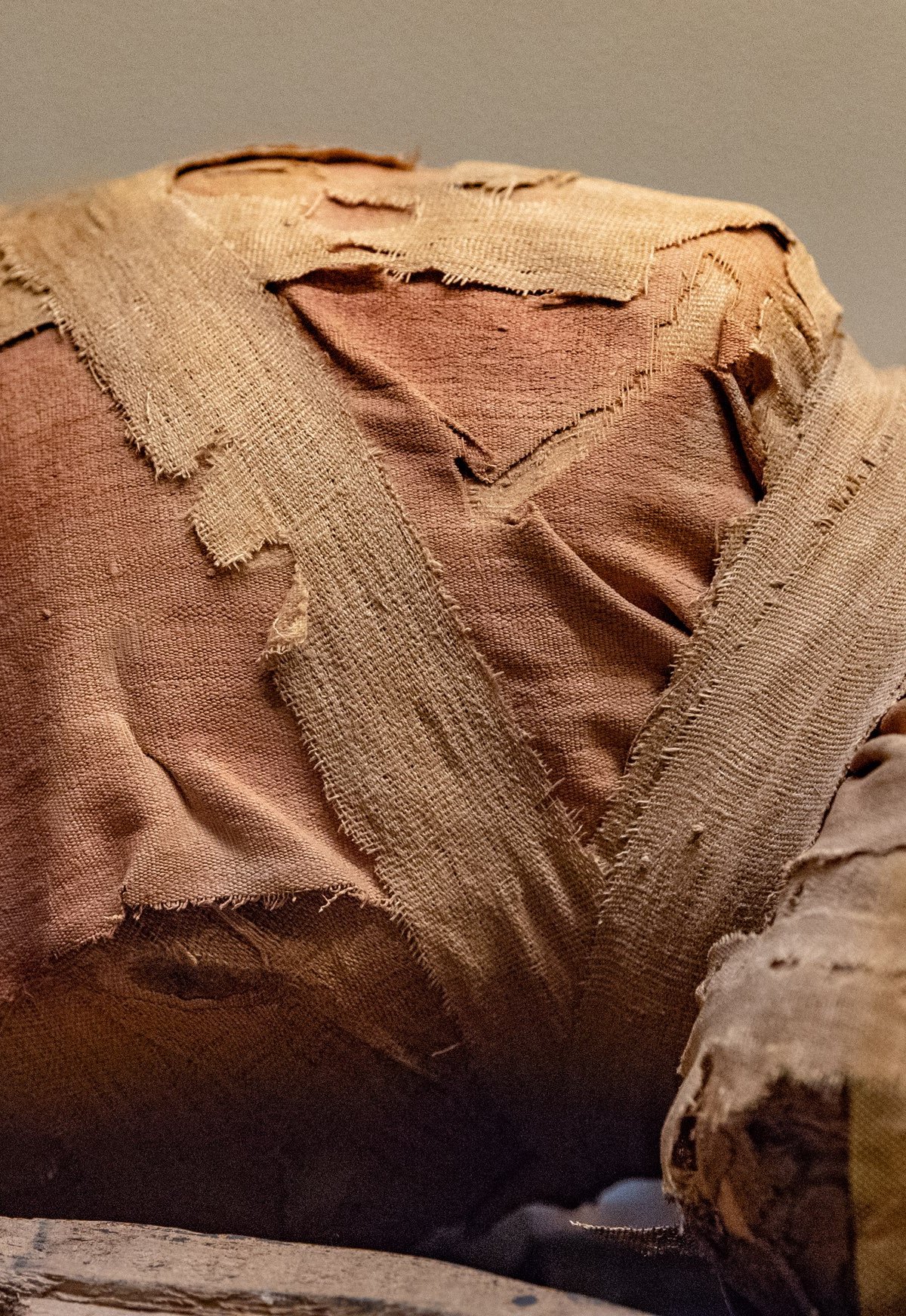Many movies, TV series and cartoons have shown us that excavating ancient tombs may not be a good idea. Curses, viral and bacterial diseases, and the prophetic plagues of ancient Egypt can befall a curious humanity that does not let the dead rest in peace.
But is there really an imminent risk of viruses, bacteria or other pathogens being transmitted during excavations and contact with mummies? Could a new viral apocalypse be lurking in a poorly buried sarcophagus?
When new mummies are found, suspicion, fear and conflicting information can cause some panic. But today we will untangle some of the knots and explain how the study of mummies, whether Egyptian or from other countries, is done. Help us understand how viruses and bacteria developed and affected ancient humans.
Are mummies repositories of ancient pathogens?
Mummies are the guardians of ancestral secrets. Mummified bodies bring with them ancient traditions that reveal important characteristics about the environment and health in which they lived, as well as cultural traditions.
For example, the following is known: In ancient times, viral and bacterial diseases such as smallpox, leprosy and tuberculosis were common.Some of these diseases left visible and “easily” identifiable marks through scars on the skin or the absence of limbs lost through disease or accident.
In Egyptian mummies, the mummification ritual involved removing all internal organs and preserving only the heart. According to mythology, the heart was weighed by Anubis in the afterlife. If the organ was heavier than the feather of the goddess Maat, it was swallowed by Ammit, preventing reincarnation. But if it was light, the soul would follow the path of rebirth.

Because of this whole process, it’s difficult to recognize specific features of the human microbiome that might be present in the internal organs of mummified individuals. But DNA always leaves a trace. Extracting DNA from mummies isn’t easy.
Over hundreds, even millennia, these bodies were subjected to the destruction of their genetic material by chemical processes that began during the mummification process and were then eroded and destroyed by time and natural preservation conditions.
The mummified vaults represent a complex path. but it is very rich in terms of studying the genetic types of bacteria and viruses.and its development over thousands of years. With this, we can discover many interesting things, such as the diseases this person may have developed that may have caused his death.

Could ancient viruses and bacteria cause diseases today?
And so another fear arises. But don’t worry, although genetic traces of viruses and bacteria are found in mummified bodies, they too have been dormant and dead for thousands of years.
And considering that we don’t have a mythology to explain the resurgence of these pathogens, we don’t mind thinking that they’re harmless right now because no matter how resilient these organisms are, They usually require a living host to reproduce and continue their infectious journey..
In the case of intestinal parasites, their survival or brooding does not necessarily require a living host, but many of the bodies have been eviscerated and the jars in which these organs were preserved have not kept them intact.
Clearly, other pathogens may be present in the cryptsThere are fungi, molds, or gases caused by being indoors for long periods of time, but nothing that biological prevention measures can’t handle. As long as you don’t try to ‘lick’ a mummy, you’ll be fine.
Don’t bother with the quiet one? See what we can learn from Egyptian mummies
Studies on chemistry, religion and funeral rituals, as well as a wide cultural repertoire, Mummies also teach us how pathogens evolve over time.
For example, some researchers compared traces of the smallpox virus strain found in mummies with existing strains and species, finding that the virus became “extremely harmful” only after the 17th century.

Although smallpox was thought to have been completely eradicated in 1980, another strain of the disease-causing virus, known as monkeypox, was recently circulating around the world.
Study of mummies Help us track and understand how viruses and bacteria evolve and mutate over the years. Because we know the behavior of these pathogens, we can now make very reasonable predictions and develop effective treatments. Another way these mummified bodies are now contributing is by advancing the analysis and collection of genetic material.
Because ancient genetic material is so difficult to collect and process, we are forced to advance our technology. So calm your hearts, apocalyptic plagues, curses, and other plagues in Egypt will continue to serve only as plots for works of fiction.
Keep up to date with science and biology on TecMundo, or take the opportunity to discover prehistoric viruses in Yellowstone’s hot springs.
Source: Tec Mundo
I’m Blaine Morgan, an experienced journalist and writer with over 8 years of experience in the tech industry. My expertise lies in writing about technology news and trends, covering everything from cutting-edge gadgets to emerging software developments. I’ve written for several leading publications including Gadget Onus where I am an author.













